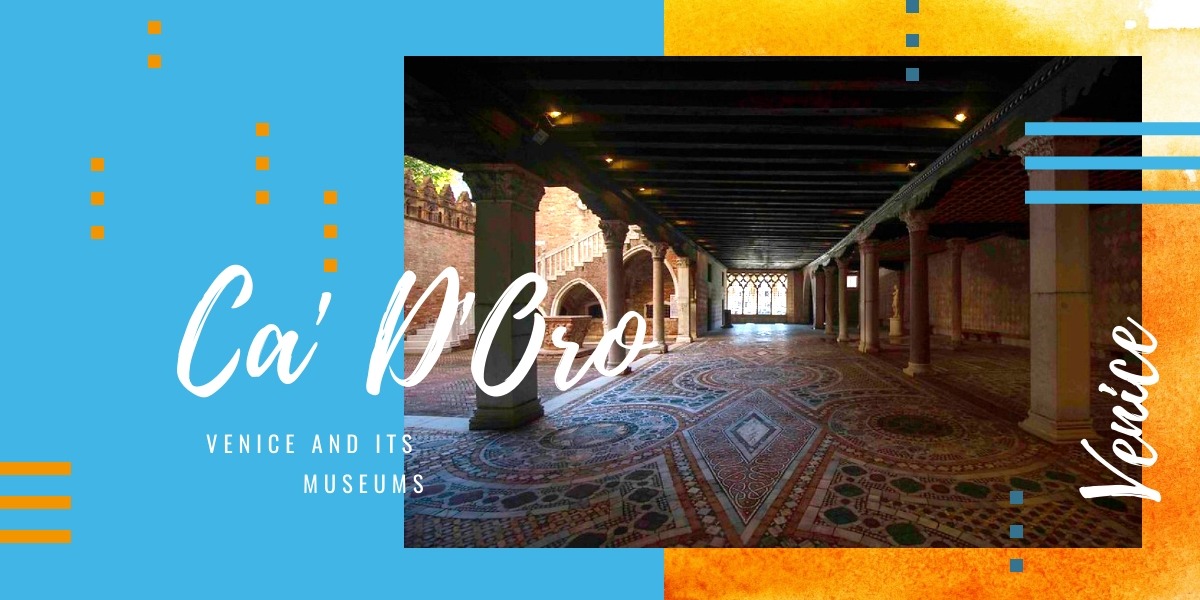Ca’ D’Oro, Venice and its museums.
Venice is a city that needs no introductions: its name is famous all over the world and represents a genuine open-air museum, with its characteristic lagoon and its unique canals. The city can be easily reached by bus, while it must absolutely be discovered on foot, getting lost in the “calli”, the characteristic alleyways that wind their way through the lagoon. If you don’t know how to reach the historic centre from the main airports on the mainland or from Mestre station, you can consult this site. The ideal way to discover the city is to wander about without any particular destination, while not forgetting to plan in visits to the prestigious museums such as the Ca’ d’Oro, one of the most famous historic buildings in the whole city.
History of Venice’s Ca’ d’Oro
The Ca’ d’Oro is a historic building located in the city of Venice. The building was built by Giovanni and Bartolomeo Bon back in 1442 at the request of Marino Contarini, Procurator of San Marco at the time. The appearance of the historic residence clearly shows the transition from the Gothic to the Renaissance style. The openwork marble elements on the first and second floors are in perfect Gothic style, while the colonnade and small square windows fully reflect the architecture of the Renaissance. The tastes of the time are clearly visible in the delicate lines of the decorative frames and battlements. In 1894, the Ca’ d’Oro was bought by Baron Giorgio Franchetti, but became the property of the state in 1916. Numerous works of art are housed inside the building, which was significantly expanded through a donation from Baron Franchetti.
Venice’s Ca’ d’Oro today
Today, the Ca’ d’Oro is one of Venice’s landmark buildings. It is located in the Cannaregio district and characterised by a splendid view of the Grand Canal. The name derives from the fact that the façade was once covered and decorated with gold finishes, but these have been lost over the years. It is currently a museum that houses the art collection that belonged to the owner, Baron Franchetti. Visitors to the building can admire works and paintings belonging to the so-called Venetian school, such as Mantegna’s “San Sebastiano”. There are also paintings dating back to the Tuscan and Flemish schools. In addition to the paintings, there are also several Renaissance sculptures and bronze statues. Adjacent to the Ca’ d’Oro, it is also possible to visit the Ca’ Duodo with its collection of ceramics, all of which were found in the city’s lagoon.
Continue your journey of discovering Venice’s and Veneto’s gems, using the Venice Box




